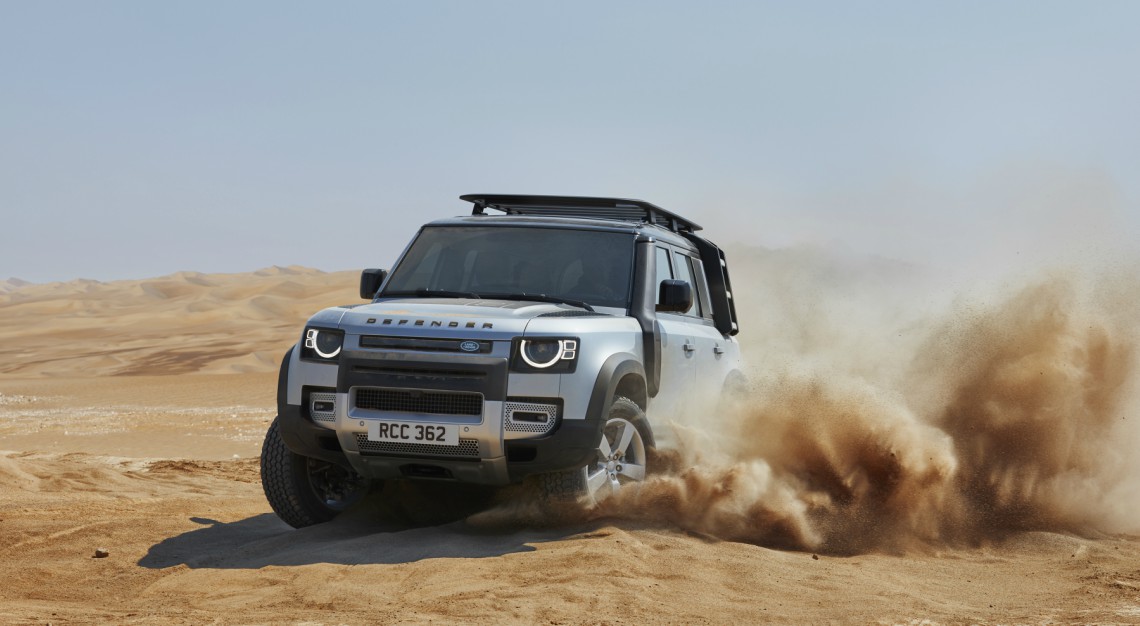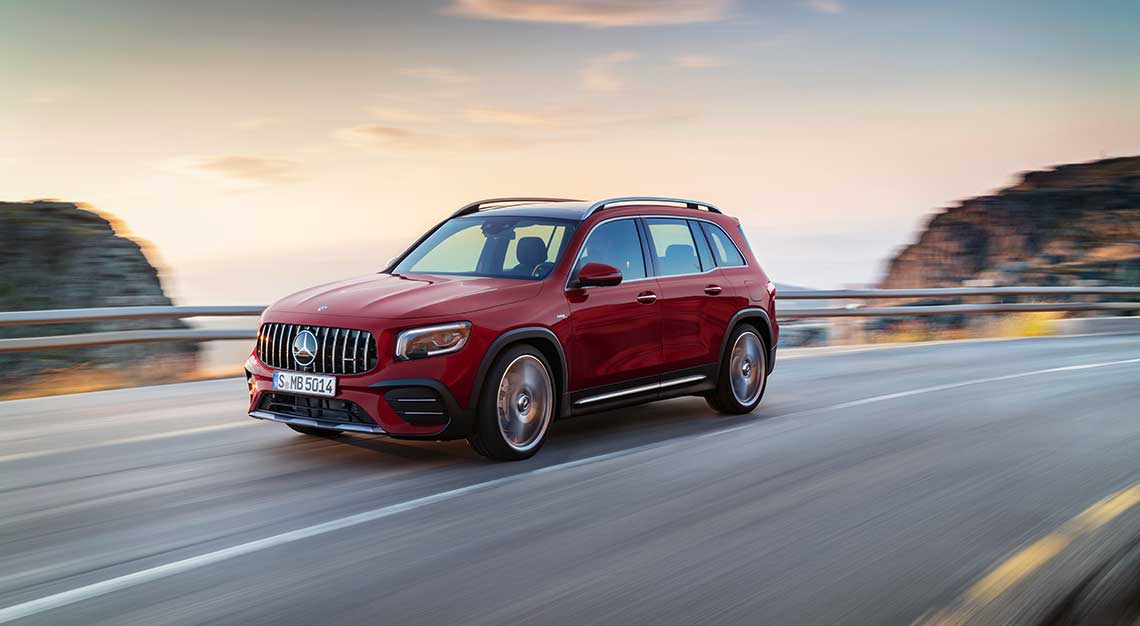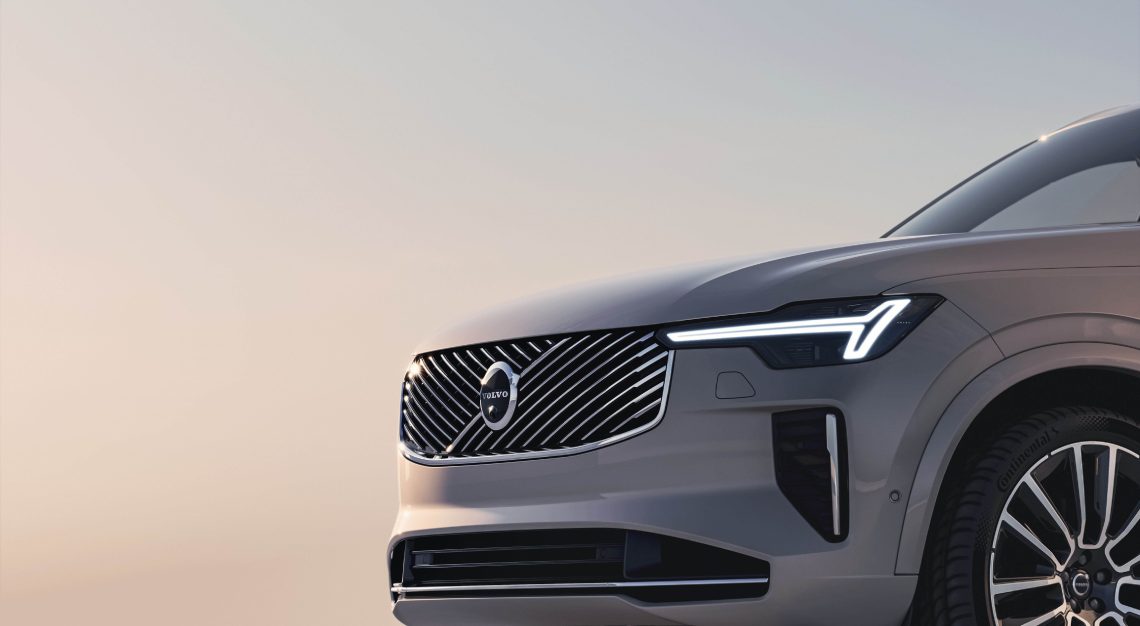Robin Colgan, Land Rover’s point man in the region on the past, present and future of the iconic British carmaker
The luxury SUV, as you’ll well know, is ubiquitous in 2020. Every premium carmaker worth its salt has at least one in its lineup, and the vehicle type is by far the dominant sales force driving the car industry forward.
Even traditional sports car manufacturers such as Lamborghini and Porsche have an SUV in their portfolio, and they’ve proved hugely profitable to bottom lines, with said models contributing to around 50 per cent or more of their annual vehicle sales.
But all this might seem like old news to Land Rover, because it’s been building luxury SUVs for half a century now. The original Range Rover made its debut in 1970, and in the course of its exceptionally long life – stretching from then until 1994 – it defined the segment before there even was a segment to speak of.
The first-generation Range Rover spent its life pretty much unchallenged, though of course, these days the legendary model is far from the only game in town. But in spite of the increased competition, Robin Colgan, managing director of the British carmaker’s Asia Pacific operations, isn’t too bothered.
In fact, the increased competition is something Colgan welcomes.
“It doesn’t have a negative impact on our sales and the answer is, no it never has. The growth in the premium SUV segment has been exponential for the longest time… and there is still significant growth to come,” he said.
His reasoning is, to summarise and use the well-worn aphorism, ‘a rising tide lifts all boats’.
“When a new competitor vehicle launches,” he explained, “we see the market grow and it usually boosts our sales. As part of the shopping process, they will always come to us, because we’re so well-established as far as SUVs are concerned. If you were going to go and buy an SUV from any other manufacturer, and even if you didn’t buy a Land Rover, you’d definitely come to the Land Rover showroom to have a look at what’s on offer.”
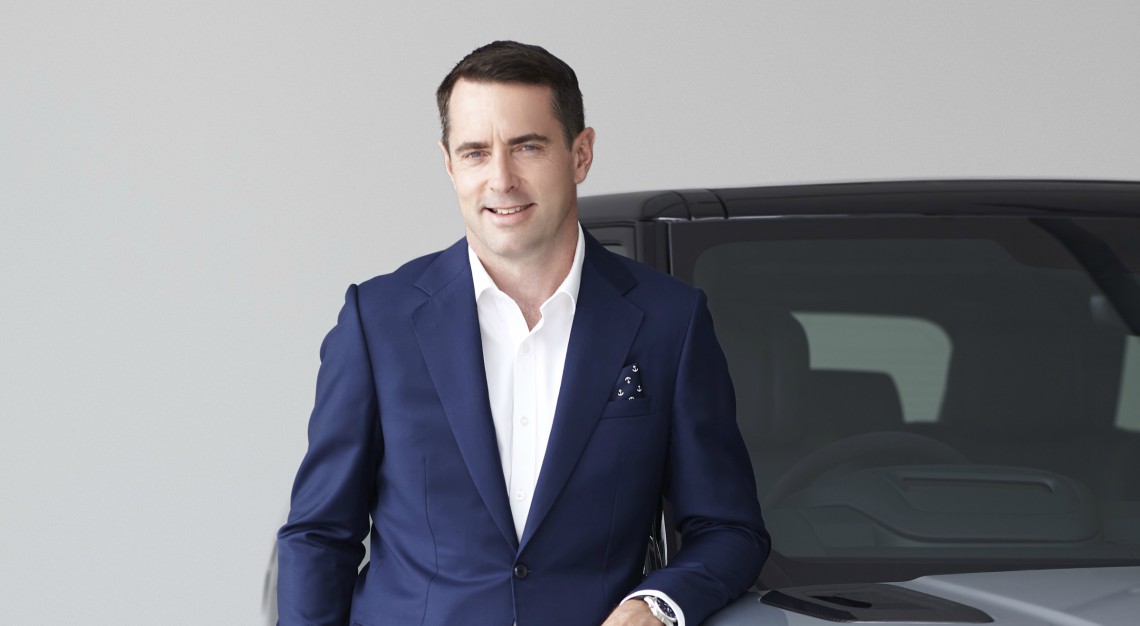
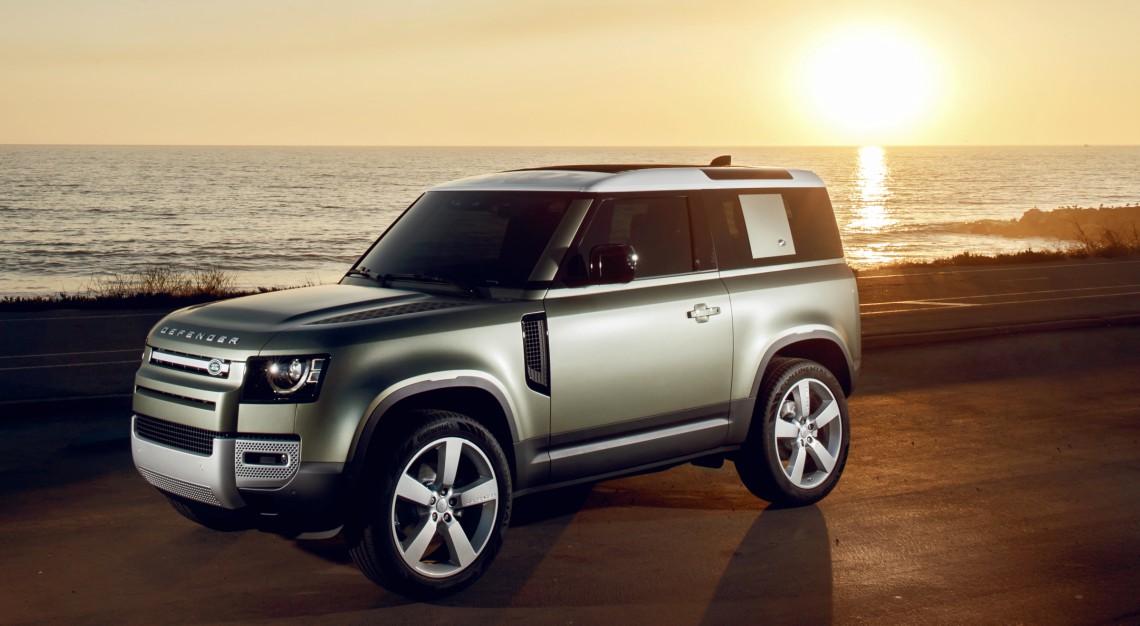
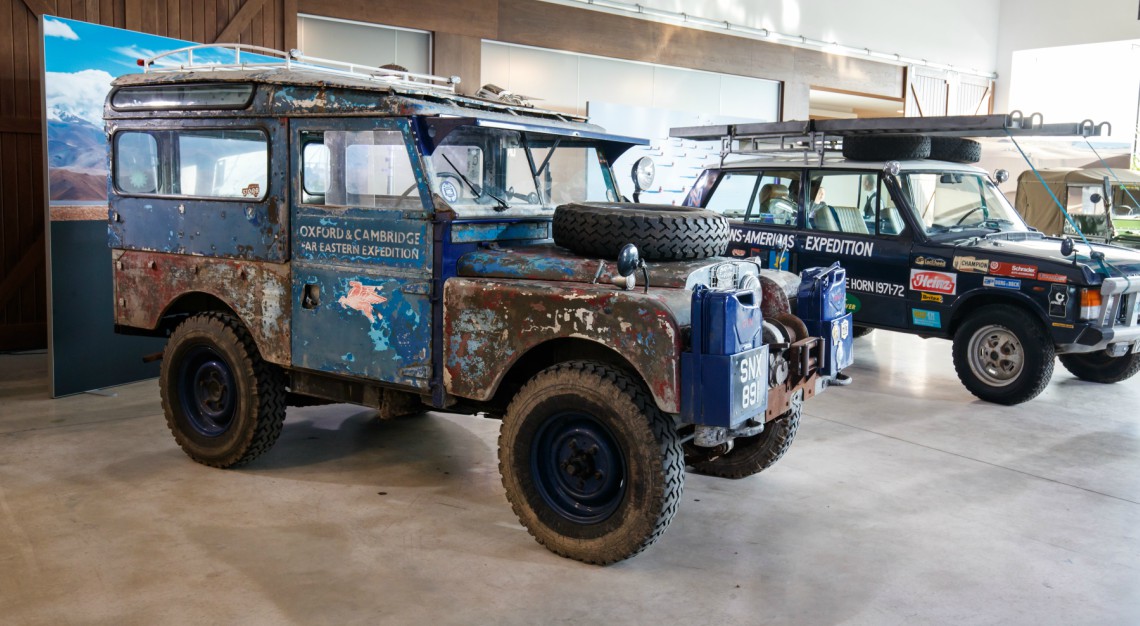
But, we put it to him, therein lies the rub. Having people in your showroom is one thing, but converting them into actual customers is something else entirely. How Land Rover turns prospects into buyers, according to Colgan, hinges on several factors.
The biggest being product development, and indeed, there have been a slew of exciting developments on that front in recent years. In particular, the new Defender, which has received its first all-new model in over 70 years.
However, it could be argued that the new Defender — stunning though it may be to look at and having fearsome all-terrain capabilities — doesn’t ring true with its forebears’ remit, having had a plethora of luxury features added to it.
With its plush leather seats, multitude of screens and (gasp) multi-zone air-conditioning, the new Defender is about as far a cry from its ‘working-class’ hero predecessor as you could get.
In all fairness, this is perhaps unavoidable, since a modern car buyer – especially one in Land Rover’s segment – would simply accept nothing less. And perhaps this is best exemplified in the new Defender.
“We should be absolutely clear that building that type of [utilitarian, commercial] vehicle is not the core business of Land Rover. We build vehicles for private users,” he said, “and the new Defender is targeted at them. I actually think that some commercial users will still want to use the new Defender because of its sheer capability, but it’s not a direct replacement for the older model.”
Colgan continued, “What Land Rover realised was that there were a lot of people who wanted a vehicle with those characteristics, but couldn’t live with the traditional Defender because of that… because of the absence of some key technologies… because of the driving experience.”
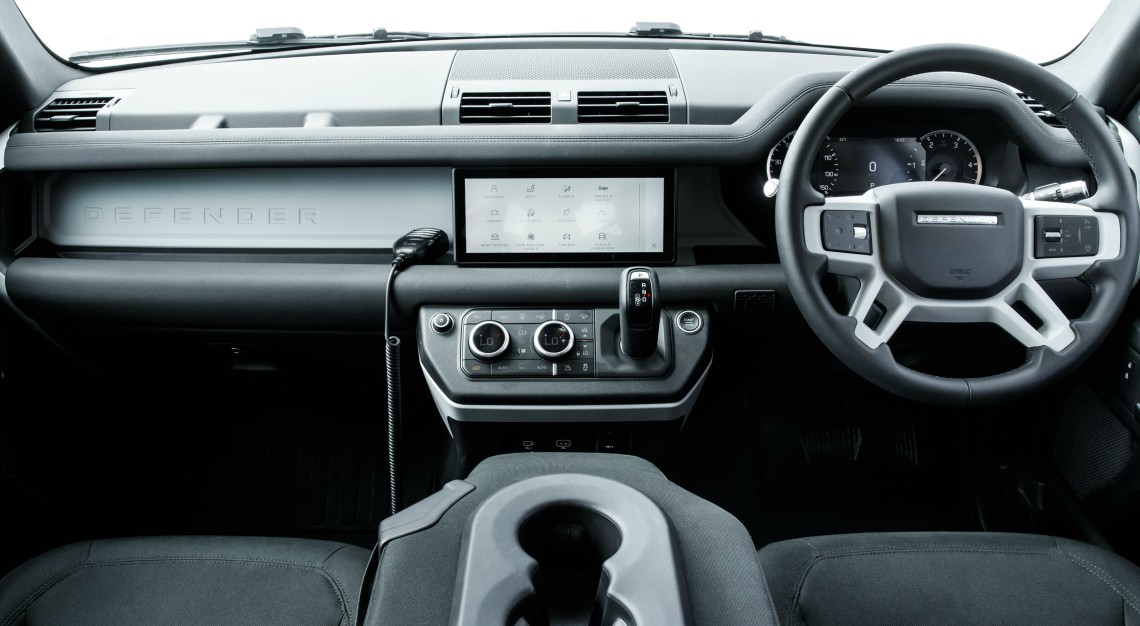
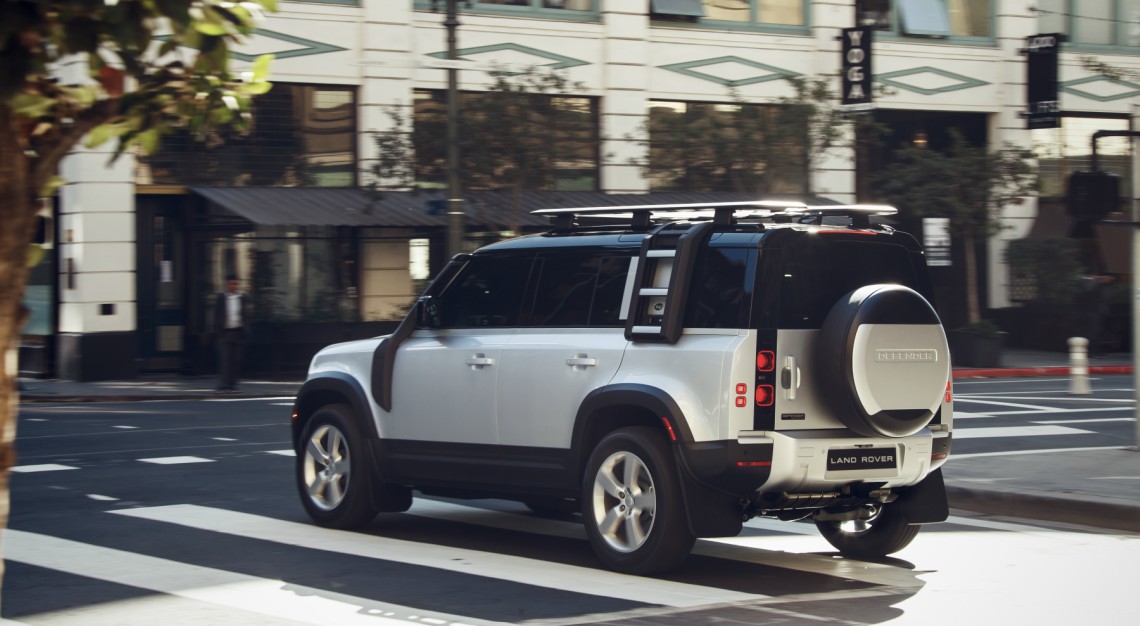
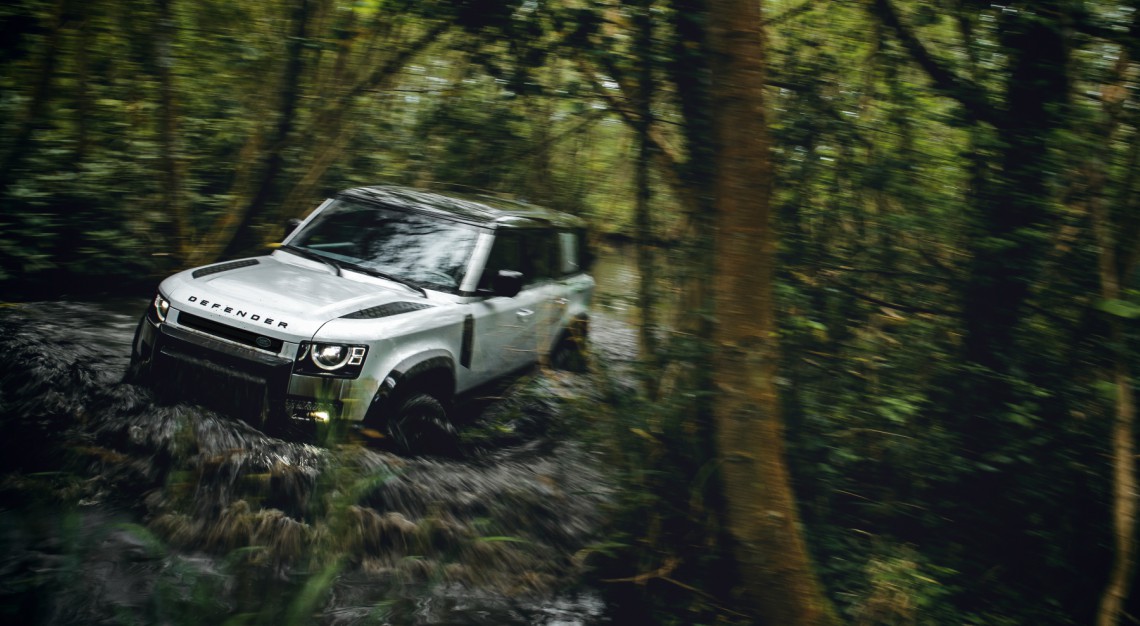
That still leaves a question mark over the new Defender. Particularly how fans of the older model, charmed by its rugged simplicity – the ‘purists’, if you will – would take to the new car and whether, perhaps, it would somehow alienate them.
“That’s not the sense that I’ve got,” said Colgan. “The tone of the dialogue online around the new Defender has been overwhelmingly positive.”
The warm global reception has also been replicated in Singapore, said Colgan. During the unveil of the new Defender at the recent Singapore Motor Show, the local Land Rover club was in attendance, and Colgan told us how even the most committed purists were getting their photos taken with the car.
“The feedback from those guys was fantastic. They loved it,” he said.
It’s perhaps also worth noting that the other two clean-sheet, blue-sky models Land Rover introduced in the new millennium – the Range Rover Velar and the Range Rover Evoque – have also been met with similar critical and commercial acclaim.
It’s also interesting to note that those two models (and the new Defender as well, come to think of it) are aimed squarely at urbanites – albeit urbanites with a sense of adventure and a penchant for the outdoors.
We then asked Colgan if those models lent some modern relevance to the Land Rover brand in general, and along with that, its ‘original’ models, such as the Range Rover, Discovery and Defender.
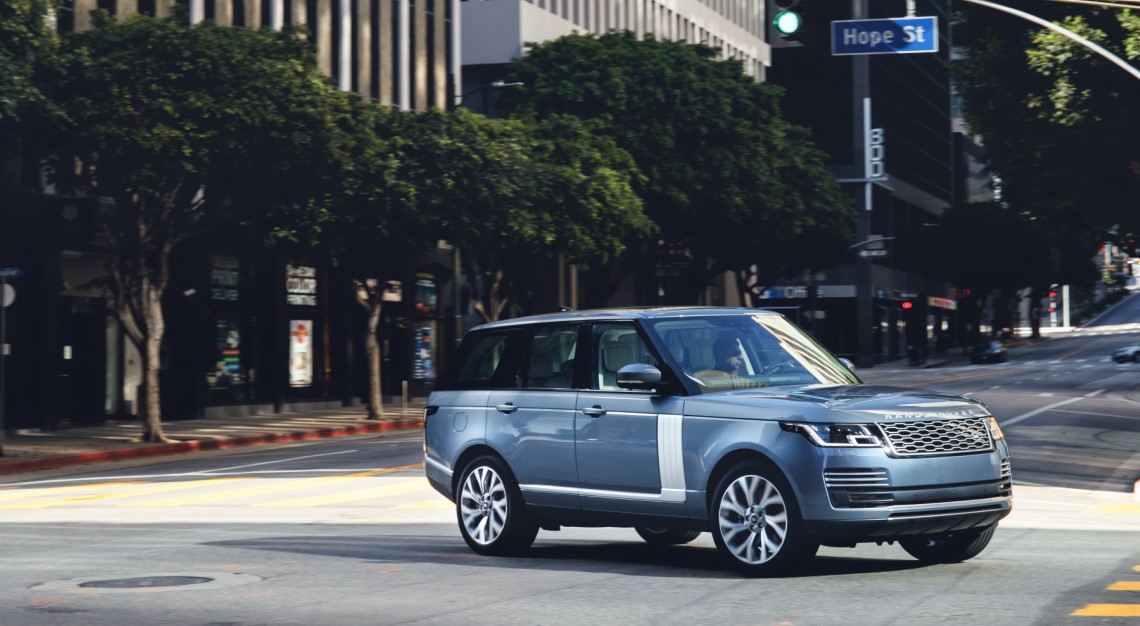
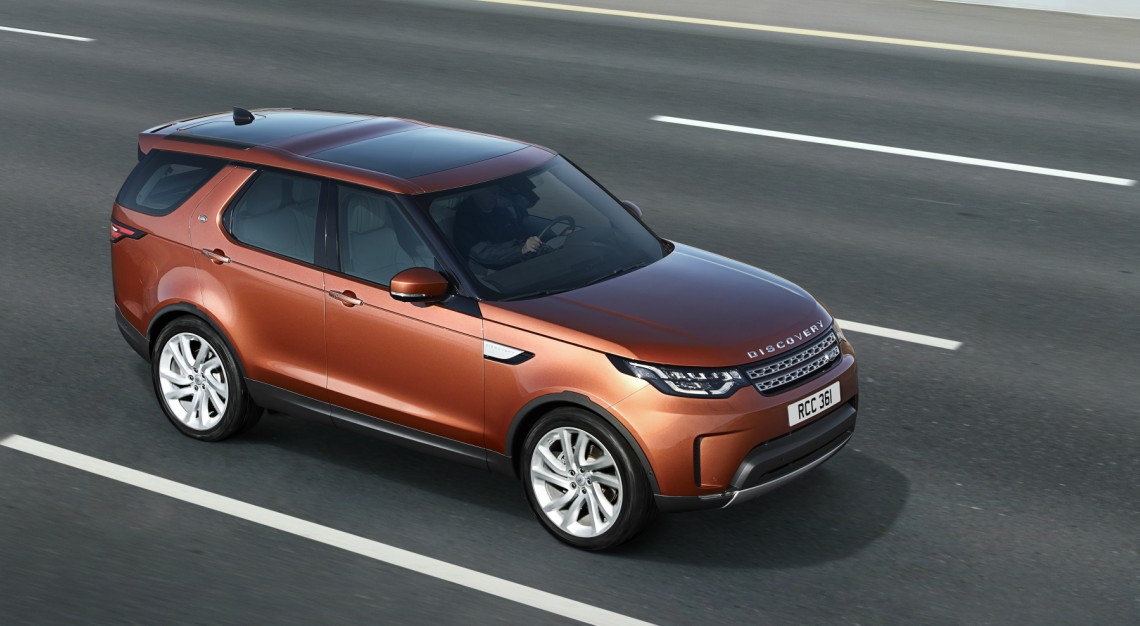

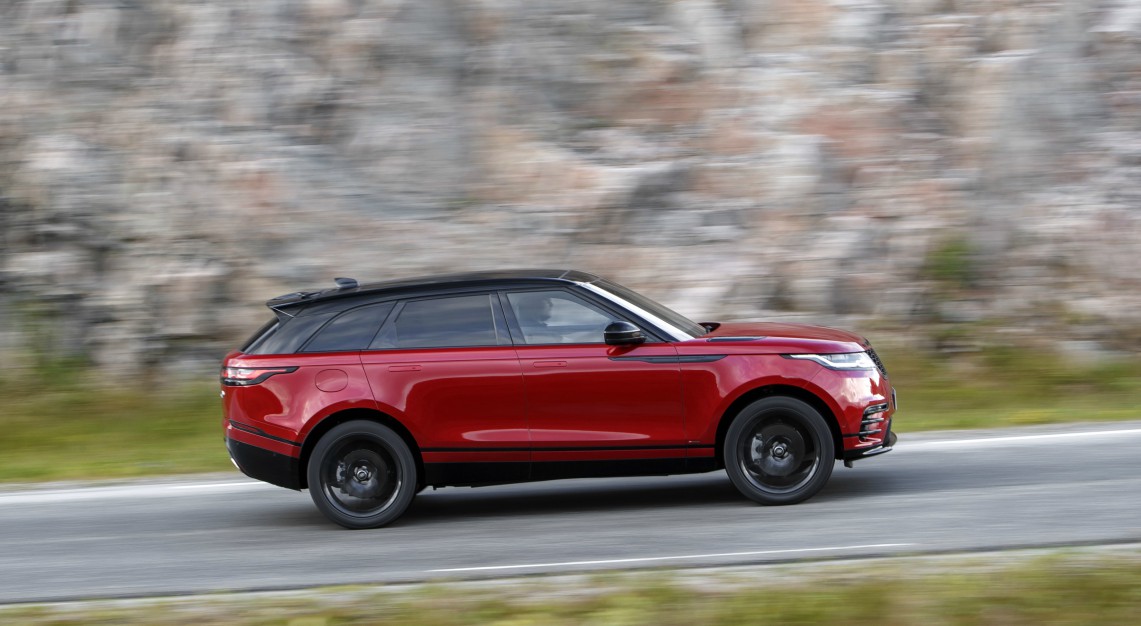
“I don’t think Defender or Range Rover is dependent on Velar or Evoque. I would argue that it’s possibly the other way around, that Evoque and Velar really bask in the positive halo they get from the Defender and the Range Rover,” he said.
It’s pretty clear that Land Rover depends on its heritage a fair bit, and Colgan alluded to as much when he said that its vehicles, thanks to that, have always been able to “deliver an emotional kick”.
This being the case, Colgan is also keen to stress that Land Rover isn’t shackled by its past, but merely respectful of it. Something best exemplified, again, by the new Defender.
“We didn’t want to make a vehicle that was like a pastiche… a cartoon drawing of something people used to love. The experience of others,” he said, “has been that you get a brief sugar rush when you launch the new vehicle. Everybody’s happy. It reminds them of the old car and that’s wonderful. But it doesn’t last.”
The key thing, he told us, was that regardless of whether there was a model that came before it or not, any product has to be able to stand on its own two feet (or four wheels, in this case) and be desirable in its own right.
It’s an incredibly fine line to walk, we have to admit. How to stay relevant in an increasingly competitive environment while still respecting your past, but yet not being slavish to it.
Said Colgan, “I think what’s important is that the new vehicle has to stand for something, have its own identity, and has to find its own path, rather than just trying to pay homage to something that went before.”
And if we’re any judge, going by recent developments, that path will be paved in tarmac and flanked by skyscrapers, but still willing and able to get dirty if the situation calls for it.
